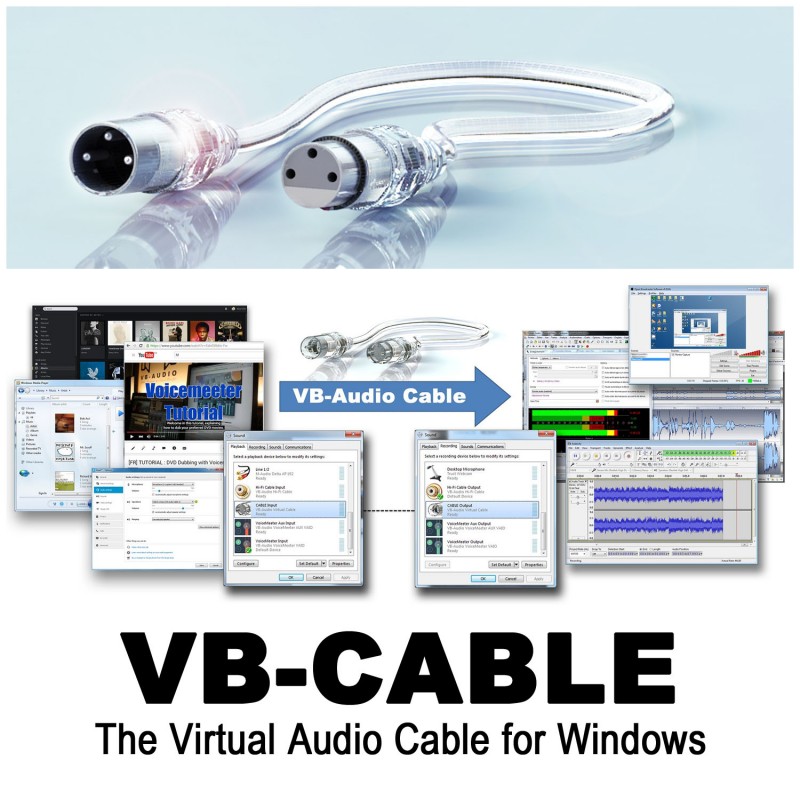
If your interface's buffer size is 128, then it needs to be 128 in Reaper (or in ASIO4ALL if that's what you're using) If your interface/mic's sample rate is 44100, then it needs to be 44100 in Reaper, You want to keep the settings of your audio interface/mic equal to the these same settings in the DAW. (it's always going to be your hardware as the source. Reaper's Input: Your Microphone/Interface Which audio driver to use: WASAPI? DirectSound? Asio4All (download it online free)? Whichever gets the job done and puts out the audio quality you want. If Reaper isn't active, it'll just use your regular mic as the default instead. Set VB Cable as your default input and default communication device in Windows. You don't necessarily need Voicemeeter or a VST Host like Cantibile to do this. Supported OS: Windows 11, Windows 10, Windows 8.So many guides online either overcomplicated it or gave unclear instructions so I made my own. System Requirements and Technical Details Stream buffering technique to partially compensate bad application buffering algorithms.Ĭontrol Panel application to configure cables and watch their state.Īudio Repeater application that transfers from any recording to any playback device. Watermark control technique to improve stream stability with unstable applications. Volume control features (both attenuation and boost). PCM format conversion (sampling rate, bits per sample, number of channels). Signal mixing (with saturation) between output port clients. Unlimited number of Kernel Streaming clients connected to each port. Clock registers are bound to Virtual Cables so all streams in each cable are coherent. RTAudio support with notification events, clock and position registers. Floating point formats are not supported.Īlmost no sound latency with maximal interrupt/event frequency. Up to 256 virtual cable devices (some systems limit number of MME devices).Īlmost any of fixed point PCM audio formats. Windows 5.x, 6.x and 10.x platforms (32-bit and 64-bit). Local (console) session only (does not work via Remote Desktop or Terminal Services). Moreover, if you use an audio encoder application that encodes a stream coming from a sound card, you can use VAC to supply such encoder with a stream produced by other application. All transfers are made digitally, providing NO sound quality loss (a bitperfect streaming). It creates a set of virtual audio devices named “Virtual Cables”, each of them consists of a pair of the waveform input/output devices.Īny application can send audio stream to an output side of a cable, and any other application can receive this stream from an input side.

This software allows you to transfer audio (wave) streams between applications and/or devices. Free download Virtual Audio Cable 4.67 full version standalone offline installer for Windows PC, Virtual Audio Cable Overview


 0 kommentar(er)
0 kommentar(er)
